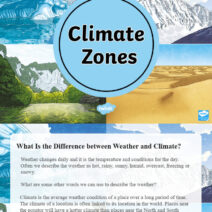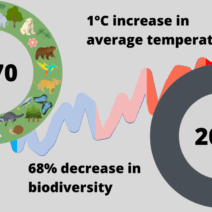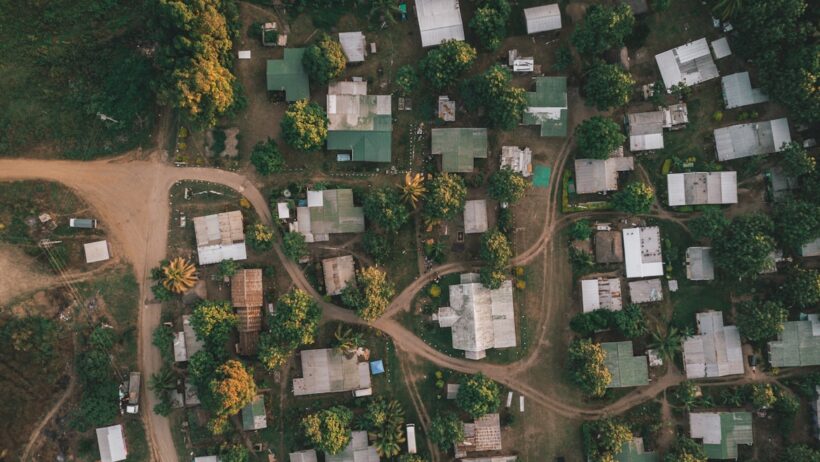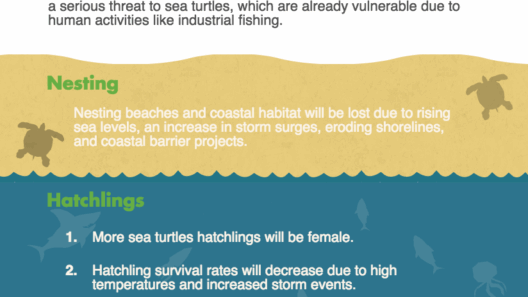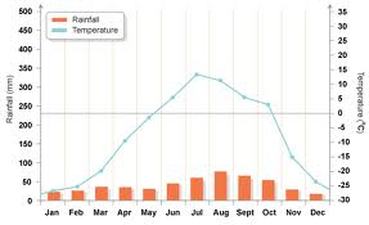Fiji, an archipelago nestled in the South Pacific, is renowned for its idyllic landscapes, azure waters, and vibrant culture. However, its climate plays an integral role in defining the experience for both residents and visitors alike. Understanding the weather patterns in Fiji is essential for anyone looking to explore this tropical paradise.
Fiji’s climate is characterized as tropical maritime, typified by warm temperatures, abundant rainfall, and a vivid array of seasonal variations. The archipelago consists of over 300 islands, with the two largest being Viti Levu and Vanua Levu. Each of these islands exhibits unique microclimates influenced by geographical features and ocean currents. As a result, weather conditions can vary significantly across the regions, providing an eclectic array of experiences throughout the year.
From November to April, Fiji experiences its wet season, also referred to as the summer season. During this period, temperatures can soar to an average of 86°F (30°C). Humidity levels rise as well, often exceeding 80%. This combo of high temperature and humidity creates a sultry atmosphere, ideal for experiencing the lush flora and fauna that thrive under such conditions. Rainfall peaks, particularly in December and January, with frequent, brief tropical showers that can lead to torrential downpours. However, these showers are typically followed by sunny intervals, allowing for abundant outdoor adventures and exploration.
Conversely, the dry season lasts from May to October, also known as winter in Fiji. This period is marked by cooler temperatures averaging between 70°F (21°C) to 79°F (26°C). Reduced humidity levels contribute to a pleasant climate, making it an ideal time for outdoor activities, such as hiking, snorkeling, and diving. The drier conditions allow for clearer skies, stunning sunsets, and a picturesque backdrop for any tourist endeavor.
Climate variations across Fiji’s islands are noteworthy. For instance, the northern islands, including the Yasawa and Mamanuca groups, typically receive less rainfall than their southern counterparts. This makes them ideal for those seeking a more arid climate within a tropical environment. The southern islands, such as Kadavu, observe a more humid atmosphere; however, they are home to stunning coral reefs and rich biodiversity, attracting those interested in marine exploration.
Fiji’s climate heavily influences its ecosystem. Coral reefs, for example, thrive in warm waters, which are abundant throughout the year. These reefs provide a home for myriad marine life, contributing to Fiji’s status as a diving and snorkeling haven. However, rising sea temperatures due to climate change pose a severe threat to these ecosystems. Coral bleaching events, caused by elevated temperatures and increased sea acidity, are becoming more frequent, urging environmentalists to advocate for sustainable practices both locally and globally.
Another critical aspect of Fiji’s climate is the occurrence of cyclones. The cyclone season runs concurrently with the wet season, typically from November to April. While not every year witnesses a cyclone’s full force, there have been instances of severe weather events that have significantly impacted the islands. These cyclones can bring destructive winds, torrential rains, and flooding, causing disruptions to communities and ecosystems alike. Awareness of cyclone forecasts and preparedness is crucial for residents and visitors alike, ensuring they remain safe amidst natural adversities.
The impact of climate change on Fiji’s weather patterns cannot be overstated. An increase in global temperatures is resulting in more erratic weather, intensifying both droughts and floods. The El Niño and La Niña phenomena directly affect Fiji’s climatic conditions, making seasonal predictions increasingly unreliable. Communities are urged to find adaptive solutions that buttress their resilience against the looming threats of climate instability.
Tourism in Fiji thrives on its stunning climate, drawn by visitors eager to embrace its natural beauty. However, tourism can also exacerbate climatic challenges, leading to higher carbon footprints and increased waste. Ecotourism initiatives are gaining traction in Fiji, promoting sustainable practices that respect the delicate balance between enjoying the islands’ offerings and preserving them for future generations. From eco-lodges to guided nature tours, conscientious travel helps mitigate the negative impacts associated with conventional tourism.
In summary, the climate in Fiji is a multifaceted tapestry woven with warm temperatures, seasonal rains, and periods of dry weather. Understanding these weather patterns allows visitors and locals to prepare for the optimal experiences in this tropical paradise. As the archipelago faces the consequences of climate change, the collaborative efforts towards sustainable practices become ever more vital. Those who choose to visit or reside in Fiji can not only enjoy its natural allure but can also play an active role in safeguarding its environmental future.
